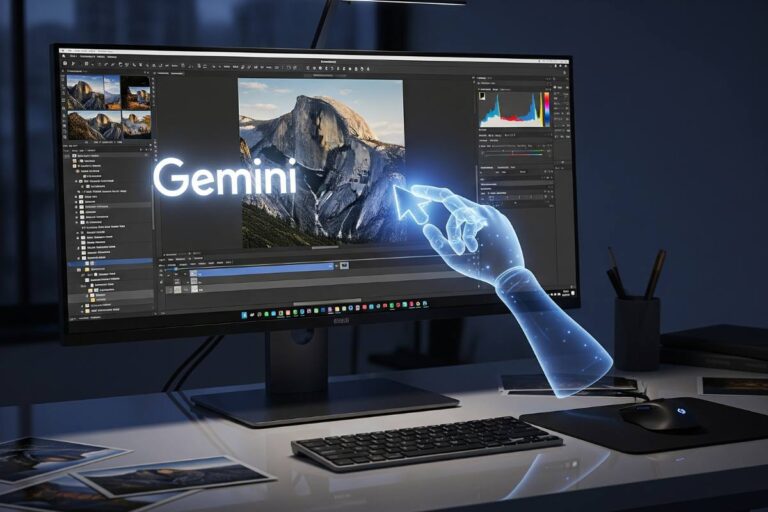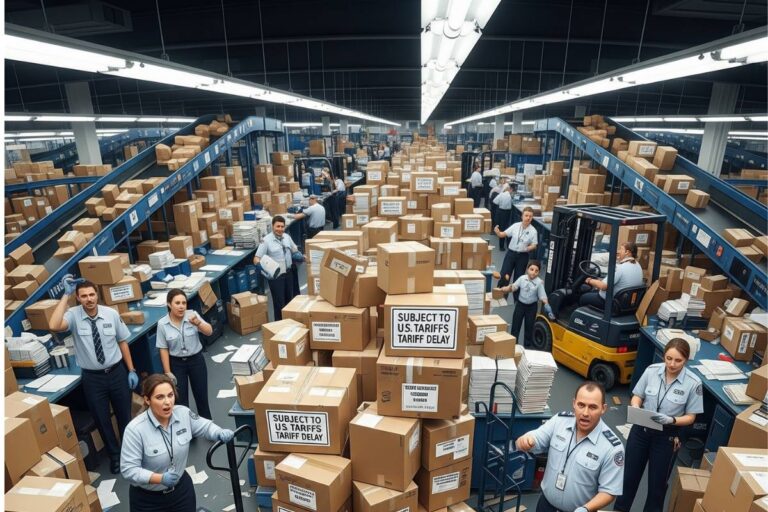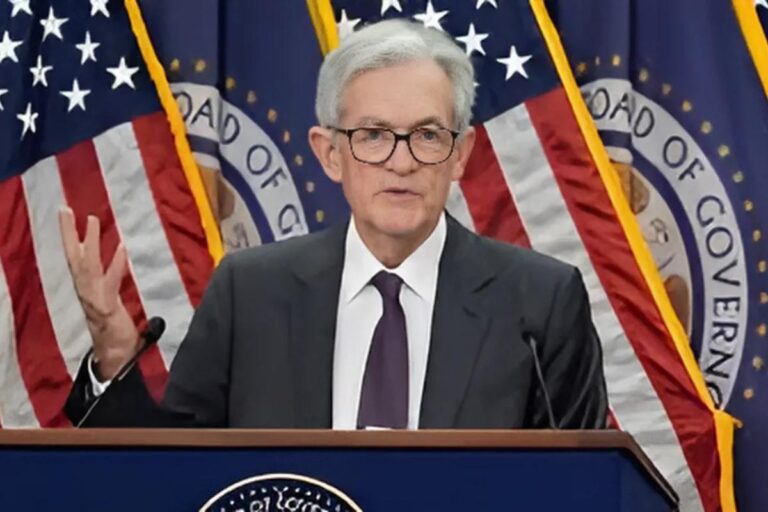Key updates at a glance
- India and the United States have opened a dialogue to defuse their tariff standoff after Washington doubled duties on many Indian goods to as high as 50%.
- The extra 25% layer – on top of a prior 25% – kicked in at 12:01 a.m. EDT on August 27, tightening pressure on exporters, importers, and supply chains on both sides.
- A narrow grace applies for shipments already in transit before the cutoff, provided they clear by mid-September with the correct importer certification.
- Senior US officials have called the situation “complicated,” yet signaled confidence that the two sides can “come together,” while New Delhi weighs support for exporters over immediate retaliation.
India–US tariffs: what set this off
The step-up to 50% wasn’t a bolt from the blue; it followed a two-stage plan the US signaled earlier this summer. First came a 25% “reciprocal” layer on August 7, pitched as leverage to address market access concerns and, frankly, to push for concessions on issues Washington has prioritized. Then came the conditional second 25%, which, absent a breakthrough, would take effect later in August. And that’s exactly what happened.
US officials have framed the approach as both reciprocity and pressure – especially around India’s continued imports of discounted Russian crude and wider trade questions. New Delhi, for its part, has called the move unfair, arguing that India’s energy security needs (and global market dynamics) aren’t being given their due. Even so, because the relationship spans far more than a tariff table, neither capital wants this to calcify into a lasting rupture.
Where the talks stand
So, talks have opened. Early days, yes, but a channel is a channel. Government sources say teams are exploring off-ramps before the shock turns into trend, which is what businesses worry about most. The aim – if it can be said plainly – is to find space for concessions that don’t look like capitulation, then build out a sequence that de-escalates the rate while preserving both sides’ red lines.
The mood music? Mixed but not bleak. One senior US voice called the trade picture “complicated” yet added, almost reassuringly, “we’ll come together.” That kind of rhetoric – measured, not triumphal – usually means room exists to craft a deal, even if the path zigzags.
What leaders and officials are saying
- From Washington: The line is that tariffs are a tool, not the end goal – used to rebalance, to enforce reciprocity, and to signal seriousness on energy and market access.
- From New Delhi: The government won’t compromise the interests of farmers and small businesses. Pressure may rise and, well, India will bear it if needed, even as it seeks a negotiated solution rather than a tit-for-tat spiral.
- Between the lines: The personal rapport between President Donald Trump and Prime Minister Narendra Modi keeps getting mentioned. Not by accident. Leader-level trust can unlock stuck talks, sometimes quickly.
What exactly took effect – and when
Let’s get precise. The additional 25% levy took effect at 12:01 a.m. EDT on August 27. For covered Indian-origin goods, the overall tariff rate for US entry is now 50% – a very steep wall for categories that live on thin margins. There’s a sliver of relief: consignments loaded and already on the water or in the air before the cutoff can clear under prior rates if they make it through by roughly mid-September with proper importer certification and the designated HTSUS reference. Those details matter – by a lot – if a container left port days ago under a different cost assumption.
Why this matters right now
It’s the timing. The US–India corridor is one of the most watched in the world, not just for goods but for technology, investment, and security cooperation. A tariff shock this large has a way of spilling over: higher landed costs for US buyers, pinched margins for Indian exporters, and – if it drags – hiring slowdowns in labor-heavy districts. Price pass-through to consumers can take a while, sure, but retailers and brands are already recalibrating. And if a dispute lingers, project timelines in chips, minerals, and clean energy can get nudged, paused, or downsized. That’s why both sides are – cautiously – back at the table.
Timeline: signal to shock
- Late July: Washington signals a new 25% “reciprocal” tariff on Indian imports, framed as a lever to address market access and perceived imbalances.
- August 7: The first 25% layer takes effect – effectively a starter pistol for serious talks or, failing that, escalation.
- August 27: The additional 25% kicks in, lifting exposure to 50%, with specific clock times, in-transit carve-outs, and importer documentation requirements.
Sectors in the crosshairs
The exposure is broad, but some categories feel it more acutely:
- Textiles and apparel: High volume, thin margins, and seasonal demand cycles make sudden cost spikes hard to absorb.
- Gems and jewelry: India’s signature export line faces tough renegotiations if buyers balk at the all-in landed price.
- Footwear and sports goods: Price-sensitive segments that can quickly reroute to alternative suppliers if uncertainty persists.
- Chemicals and furniture: Mixed picture – some specialty items can pass costs through; commodity-like lines are more vulnerable.
A case study: shrimp as a stress test
Take shrimp. India is a major supplier to US tables, and the economics along the chain – farms, hatcheries, feed, processing, cold storage – run tight. A tariff jump doesn’t just hit exporters; it ripples through Andhra Pradesh and other hubs where small shifts in per-pound margins decide whether the season holds or folds. It’s an emblematic sector: high employment, entrenched supply routes, limited room for error.
Markets and money: the early read
Markets – being markets – didn’t wait for the paperwork. Sell-offs ahead of the effective date spoke to menacing uncertainty about export earnings and cost pass-throughs. The rupee had been on the back foot into the window, pressured by tariff risk, oil dynamics, and global dollar strength. In the US, reactions are split: some domestic lobbies welcome a harder line on reciprocity; many businesses, particularly those living by just-in-time math, worry about costs and delivery commitments. The sum of those signals points to a common refrain: clarity, urgently, even if imperfect.
Possible off-ramps – and how they might work
- Phased de-escalation: Tie tariff reductions to concrete milestones (market access steps, standards alignment, or timelines on specific energy purchases).
- Energy trade adjustments: A gradual recalibration of India’s Russian crude mix, paired with higher US energy purchases, could become the political bridge for relief.
- Sectoral carve-outs: Temporary relief for labor-heavy categories with strong community impacts, giving negotiators room without unspooling the broader strategy.
- Leader-level signaling: A short, clear joint statement – emphasizing partnership, acknowledging security equities, and laying out a roadmap – could stabilize sentiment fast.
India’s policy posture right now
The stance is measured. Rather than retaliate in kind, New Delhi is, for the moment, focusing on cushioning exporters. That means trade finance support, outreach to major US buyers, tweaks to domestic tax frameworks for labor-intensive sectors, and a push on standards and logistics to keep India’s value proposition intact. Call it a twin-track plan: steady the home front; work the phones abroad.
The wider strategic frame
This is about more than tariffs. The partnership now spans defense, semiconductors, critical minerals, clean energy, and space. These are long-horizon bets. Even if agencies try to “firewall” sensitive files, the political capital consumed by a tariff fight is real. Corporate investment committees read headlines; they balance risk; they sometimes wait. That’s why the quick move to open dialogue – however tentative – matters. It keeps the architecture intact while negotiators test for give.
Legal fine print that importers care about
- Effective time: The extra 25% applies from 12:01 a.m. EDT on August 27 for goods entered for consumption (or withdrawn from warehouse) on or after that time.
- In-transit relief: Shipments loaded before the cutoff may enter under earlier rates if they clear by the stated mid-September date with proper importer certification and the designated HTSUS reference.
- Scope: Coverage spans a wide array of lines – apparel, gems and jewelry, footwear, sports equipment, chemicals, furniture – making this one of the steepest US tariff regimes faced by Indian-origin goods in years.
The politics of “reciprocity
“Reciprocity” plays well in parts of the US domestic conversation: if American companies face barriers abroad, the argument goes, foreign companies should face comparable terms in the US. India counters that it’s being singled out on the oil rationale despite others buying Russian crude under different conditions. Hence the messaging duel. Reciprocity versus selectivity. Fairness versus context. Any eventual compromise likely needs to be framed as principled and even-handed – on both shores.
What to watch next
- The format of talks: Will this settle into a structured channel (trade teams, then ministers) or pivot to a leader-level push? Process often signals pace.
- Energy calculus: Any incremental shift in India’s crude mix – paired with increased US energy contracts – could create political space for tariff relief.
- Industry safeguards: Expect near-term measures in India to ease cash-flow strain and keep orders from slipping to competitors amid uncertainty.
- Price pass-through: Watch import price indexes, retailer guidance, and contract renegotiations through the holiday inventory build – slow burns matter.
Bottom line
Talks are open just as tariffs peak. Paradoxical, maybe, but also practical. When the pain is sharpest, incentives to trade concessions for relief are strongest. It won’t be quick or clean, and there’ll be moments that look like stalemate. Still, both capitals know the stakes reach beyond the next quarter’s trade data. And for now – however narrowly – the door is open.
































